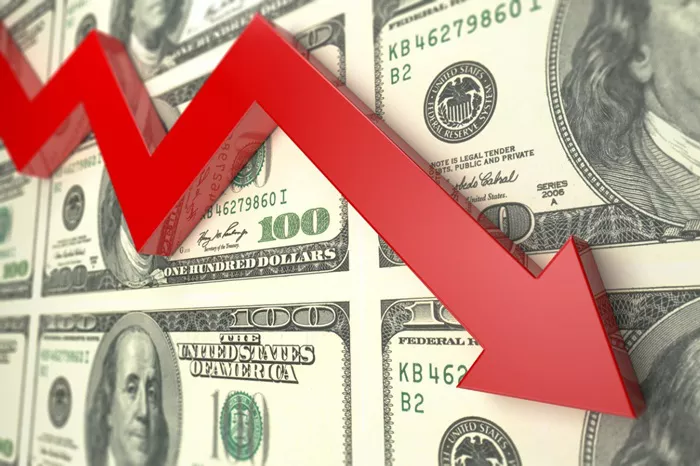The US dollar weakened against major currencies, including the Japanese yen and the euro, on Monday due to ongoing uncertainties surrounding President Donald Trump’s tariff policies and their impact on the global economy.
One of the most notable drops was the US dollar against the Taiwanese dollar, which hit a three-year low at 28.8150. This decline was fueled by market speculations that Taiwan might allow the Chinese yuan to appreciate as part of a trade agreement with the United States, or at least refrain from intervening in the yuan’s rise amid a surge in capital inflows.
In the broader Asia-Pacific region, currencies such as the Australian dollar also saw gains. The Australian dollar briefly reached 0.64935 USD, the highest level since December of the previous year.
Marc Chandler, Chief Market Strategist at Bannockburn Global Forex, attributed part of the selloff in the US dollar against Asian currencies to concerns that the US may announce new semiconductor tariffs as soon as Wednesday, along with rumors that the US might shift its currency policy to East Asia during bilateral trade negotiations.
Trump doubled down on his tariff policies in a recent interview, reiterating that tariffs on US imports would ultimately benefit American prosperity. He also announced new 100% tariffs on movies produced outside the US.
US Treasury Secretary Scott Bassett defended the tariff policies on Monday, emphasizing that the broader agenda, including tax cuts, would lead to long-term economic growth.
Juan Perez, a trading head at Monex USA, explained that Trump’s steadfast stance on tariffs had a significant impact on market sentiment, leading to a broader dollar selloff.
The US dollar also fell against the Japanese yen, dropping by 0.73% to 143.885, and against the Swiss franc by 0.50% to 0.82255.
Trump stated he would not attempt to remove Federal Reserve Chairman Jerome Powell but reiterated his call for lower interest rates, calling Powell “stubborn.” The Federal Reserve is set to meet on Wednesday, and markets expect the central bank to hold interest rates steady, particularly after the strong March jobs report.
Market sentiment surrounding the potential for a Fed rate cut in June has decreased. Currently, the likelihood of a rate cut in June stands at 37%, down from 64% just a month ago. Both Goldman Sachs and Barclays have shifted their rate cut expectations from June to July.
The Institute for Supply Management (ISM) reported that the US services sector, which accounts for two-thirds of the US economy, grew at a pace above expectations in April, which briefly helped narrow the dollar’s losses against the yen.
Meanwhile, China’s offshore yuan reached a six-month high against the US dollar, as investors bet that Beijing may allow the yuan to appreciate as part of trade talks with Washington. The offshore yuan rose 0.12% to 7.2014 USD.
In Europe, the euro rose 0.15% to 1.1316 USD, while the British pound gained 0.21% to 1.3295 USD. The Bank of England is scheduled to meet on Thursday, and markets expect a further 25 basis point rate cut to 4.25%. Both the Norwegian and Swedish central banks will hold meetings this week, with expectations of maintaining current rates.
Related Topics:

